I recently watched “the myth of average” by Todd Rose, and he makes the most convincing argument for not designing teaching for “the average student” in hopes of that making it work optimally for all students, but instead looking at the extremes and making it work for everybody (you see where we are going here — Universal Design for Learning ;-)). I really enjoyed watching it and I think I might make it “recommended watching” in all upcoming courses. Check it out! Continue reading
Guest post by Kirsty Dunnett: The strength of evidence in (geosciences) education research: might a hierarchy do more harm than good?
Below, Kirsty is discussing how it can potentially discourage efforts to improve teaching and teachers when we focus on the strength of evidence too much, and don’t value the developmental process itself enough. Definitely worth reading! :-)

#WaveWatchingWednesday
Lots of #WaveWatching pics! Enjoy! :)
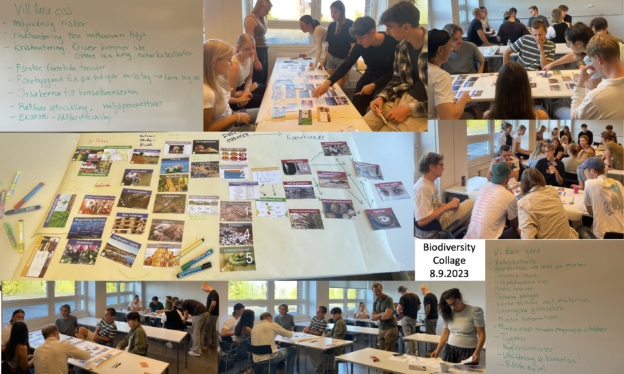
Facilitating the Biodiversity Collage and reading more about serious games in teaching about sustainability
Last week I had the pleasure to work with “real” students (“real” in contrast to the teachers that I typically work with) and it gave me so much energy* to meet such wonderful young people (wow, I feel old). But it’s true! I facilitated the Biodiversity Collage and that gave me new motivation to read some more articles on how other people use serious games in teaching about sustainability.

#WaveWatchingWednesday
#WaveWatchingWednesday means here comes a repost of all my recent Insta posts! Enjoy :)
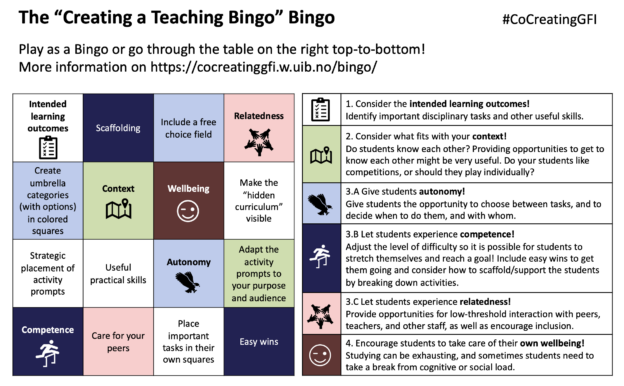
How to create an Activity Bingo for teaching purposes
We have recently shared our experiences with a Bingo game to nudge students to make the most out of fieldwork (Glessmer et al., 2023), and I have created Bingos for other purposes, like designing courses with Universal Design for Learning in mind, or for my freediving club’s summer camp, or the iEarth GeoLearning Forum 2023 (yes, you can look forward to that!). And now, Kjersti and I have come up with the Bingo of Bingos: A “how to design your Activity Bingo for teaching purposes” Bingo! Because who doesn’t love a gamified approach to basically everything?
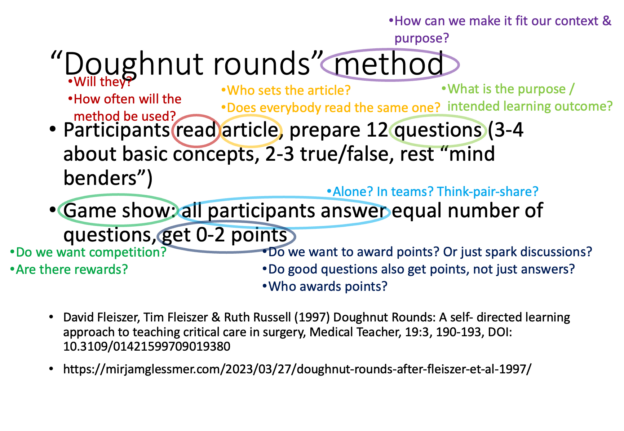
How can we adapt a teaching method for our purposes? The “Doughnut rounds” example
One thing that often surprises me is how seriously many teachers take teaching methods. As in, there must be fixed times for each of the phases of think-pair-share. Or there is an exact percentage of students that must answer a question correctly for a teacher to move on to the next topic. Or that sort of thing. That is NOT how I use methods, and here is my attempt at explaining what I do instead.
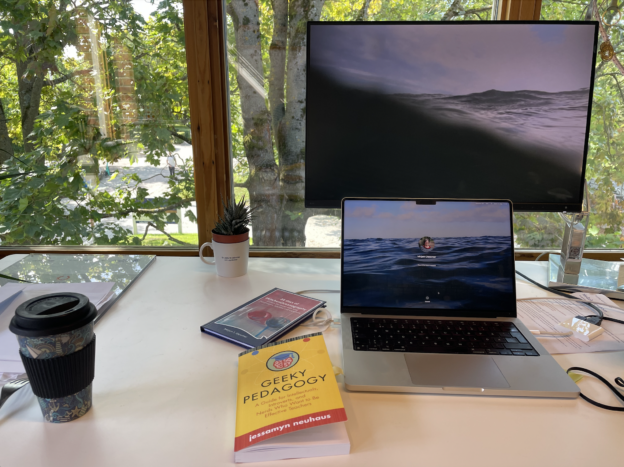
Currently reading: “Geeky Pedagogy” by J. Neuhaus
The subtitle “A guide for intellectuals, introverts, and nerds who want to be effective teachers” really intrigued me, and below is a collection of thoughts on it.
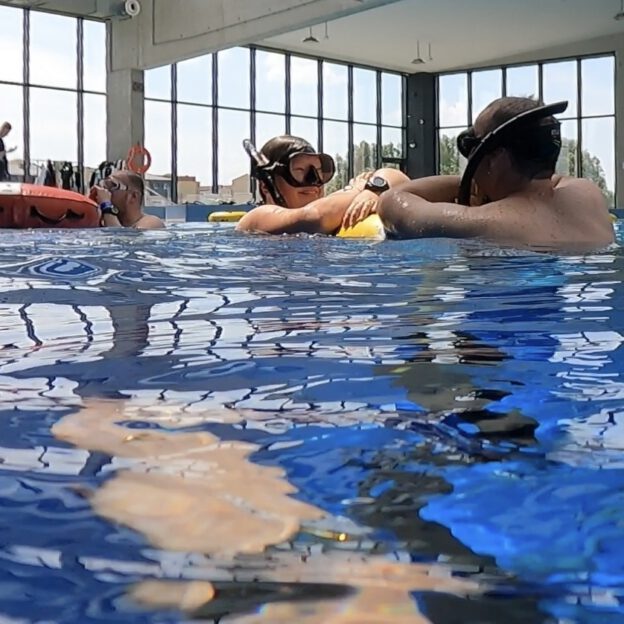
Very preliminary thoughts on AI tools and teaching
This morning, I attended Rachel Forsyth’s presentation on “Handling the impact of AI tools: LU working group recommendations”, and here are some notes.
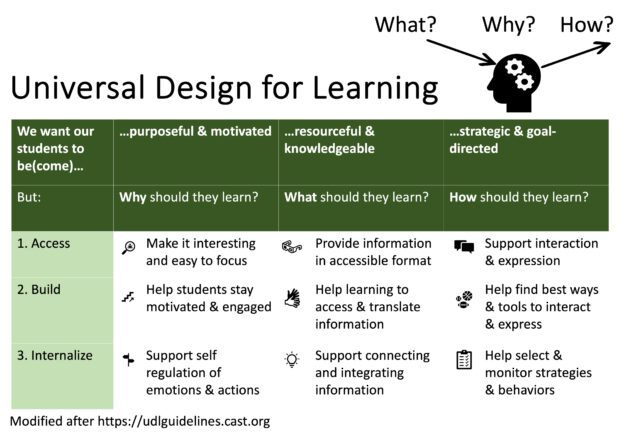
Revisiting Universal Design for Learning
I have again been chewing on the “Universal Design for Learning” idea for the last couple of days. This was prompted by us agreeing that we want to let participants in an upcoming course play UDL Bingo, where participants check boxes if they notice that we are doing something to make the course more accessible, and we can then discuss what we did do and what we could and maybe should have done. In order to improve the old bingo (which I am not linking to here, because the new one comes below!), I went back to the UDL guidelines (http://udlguidelines.cast.org). I still find them slightly overwhelming, but here is a version that now makes sense in my head (I always have to re-compile complex information in order to process it…) and that I think I might be able to teach in the 45 or so minutes that I have available in that specific course.